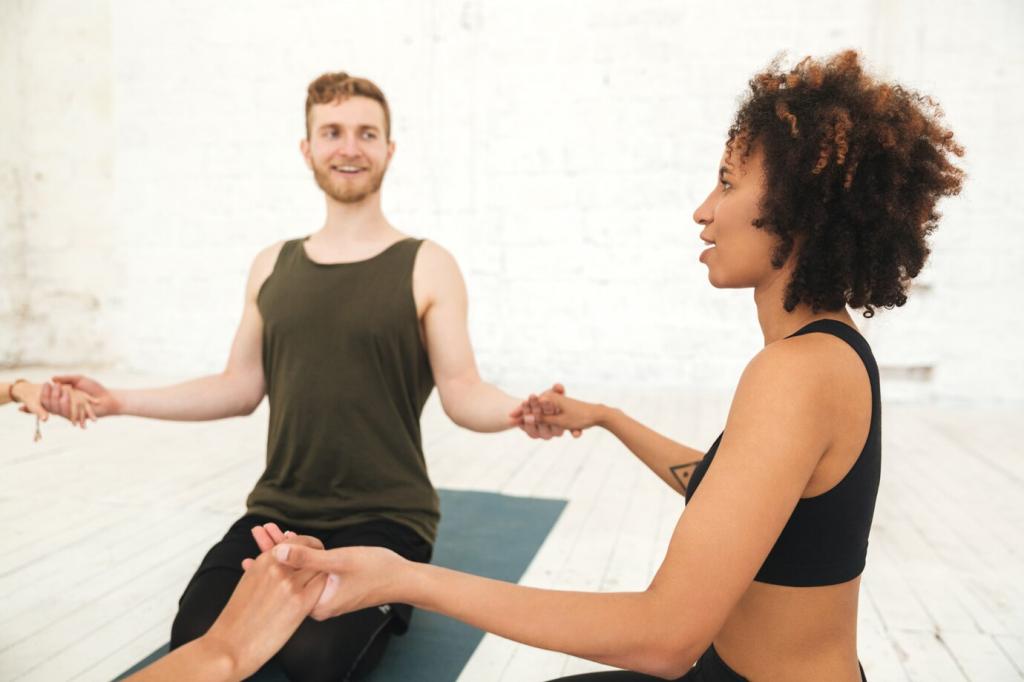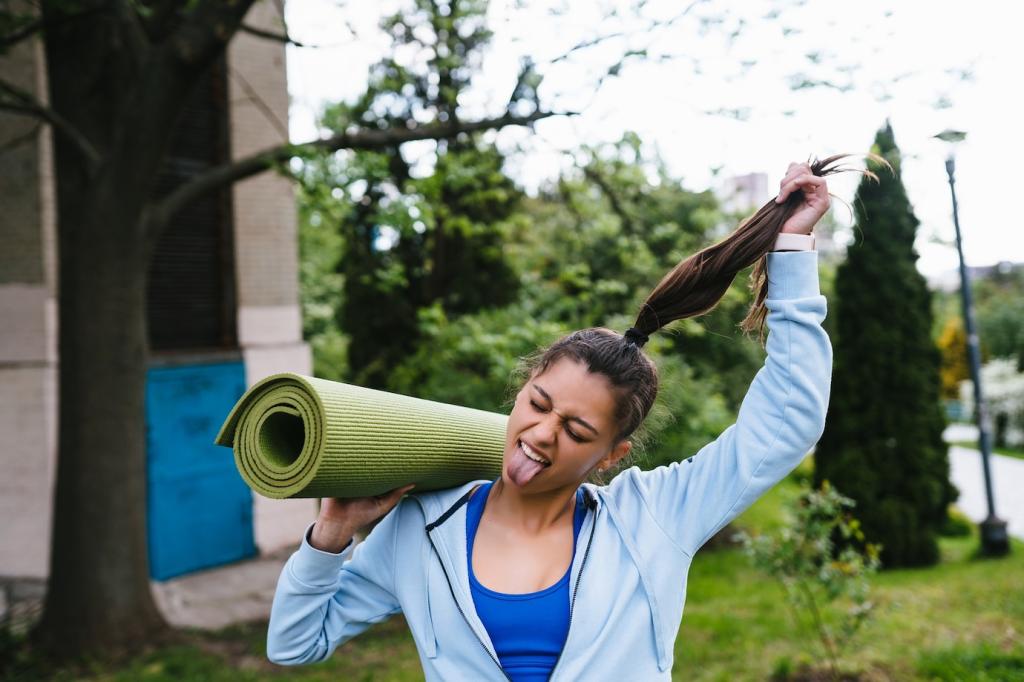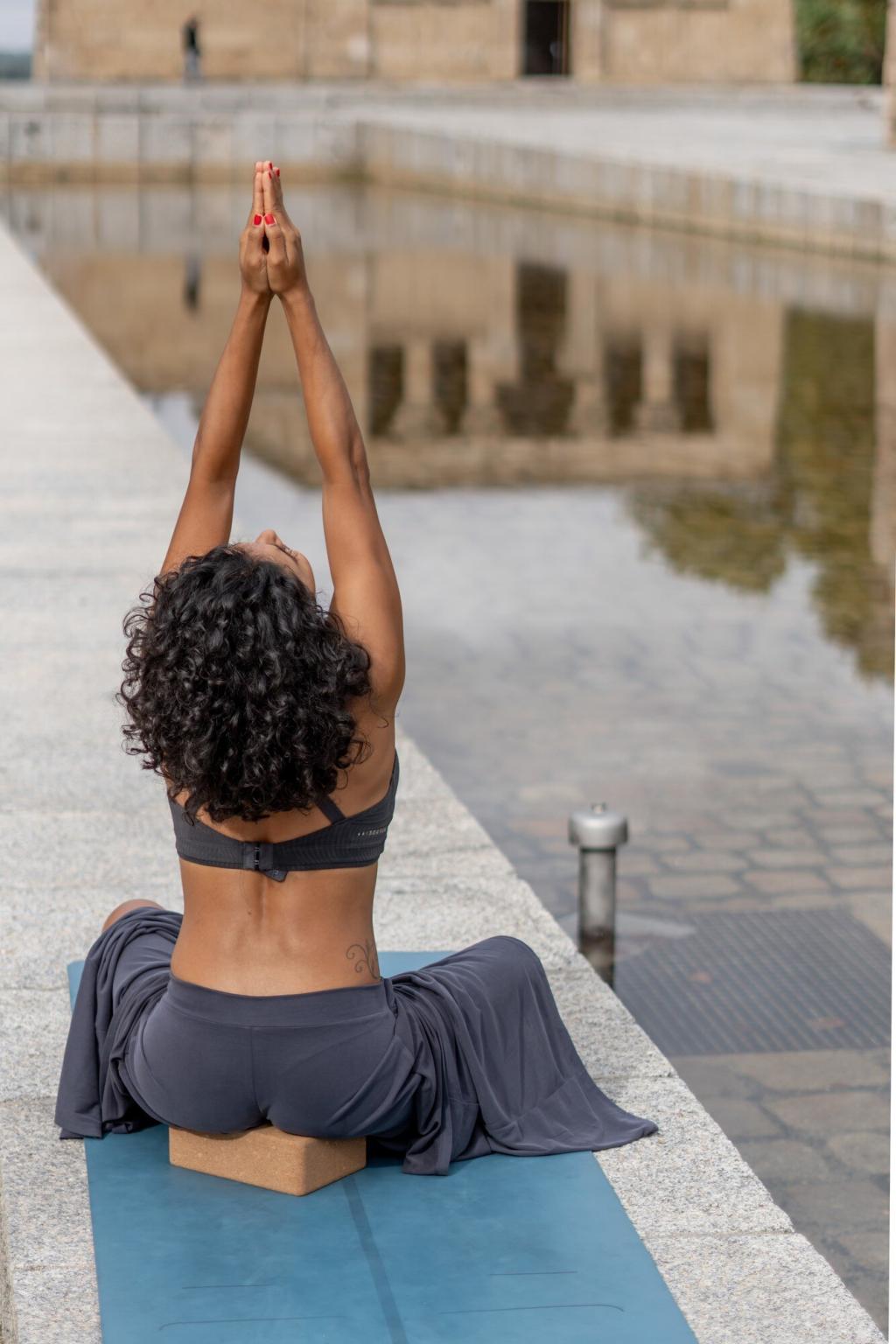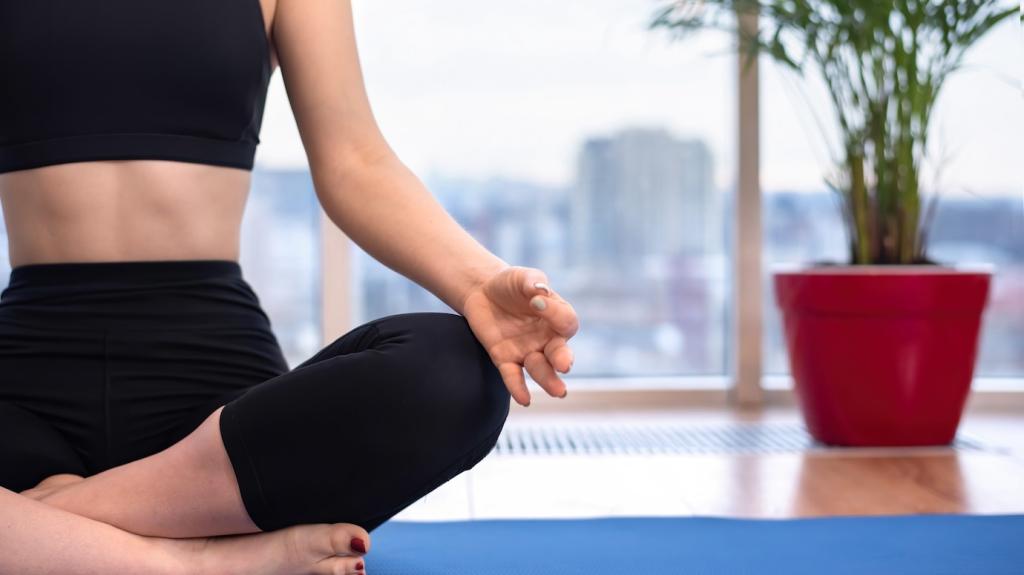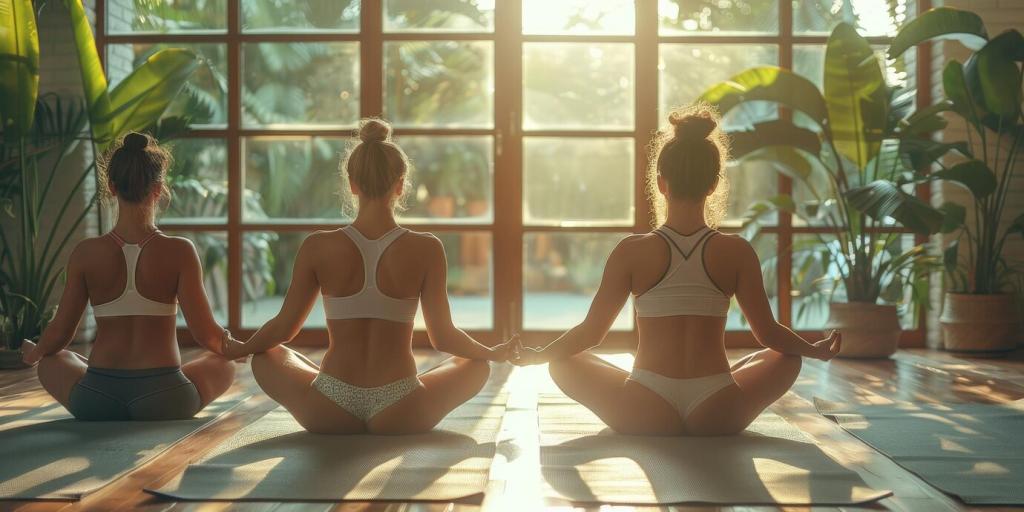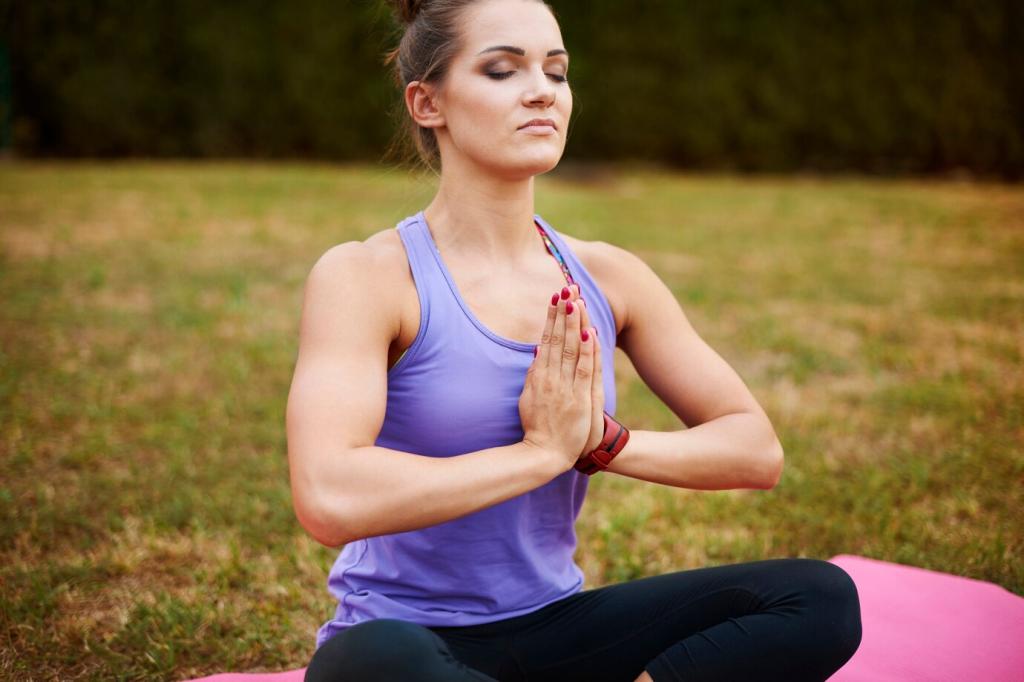Training Protocols: Daily Drills to Master Control
Build a ladder: inhale 4, exhale 4; then 5, 6, back to 4. Add box breathing 4-4-4-4 for steadiness. This trains rhythm under fatigue and keeps focus clear. Pair with your warmup, then share your best ladder for inversions or backbends in the comments.
Training Protocols: Daily Drills to Master Control
Easy walks with occasional breath holds after exhale raise CO2 tolerance safely. Start small, stay nasal, and keep it conversational. Notice calmer effort on the mat within two weeks. Always listen to your body. Tell us how these walks changed your toughest pose days.

